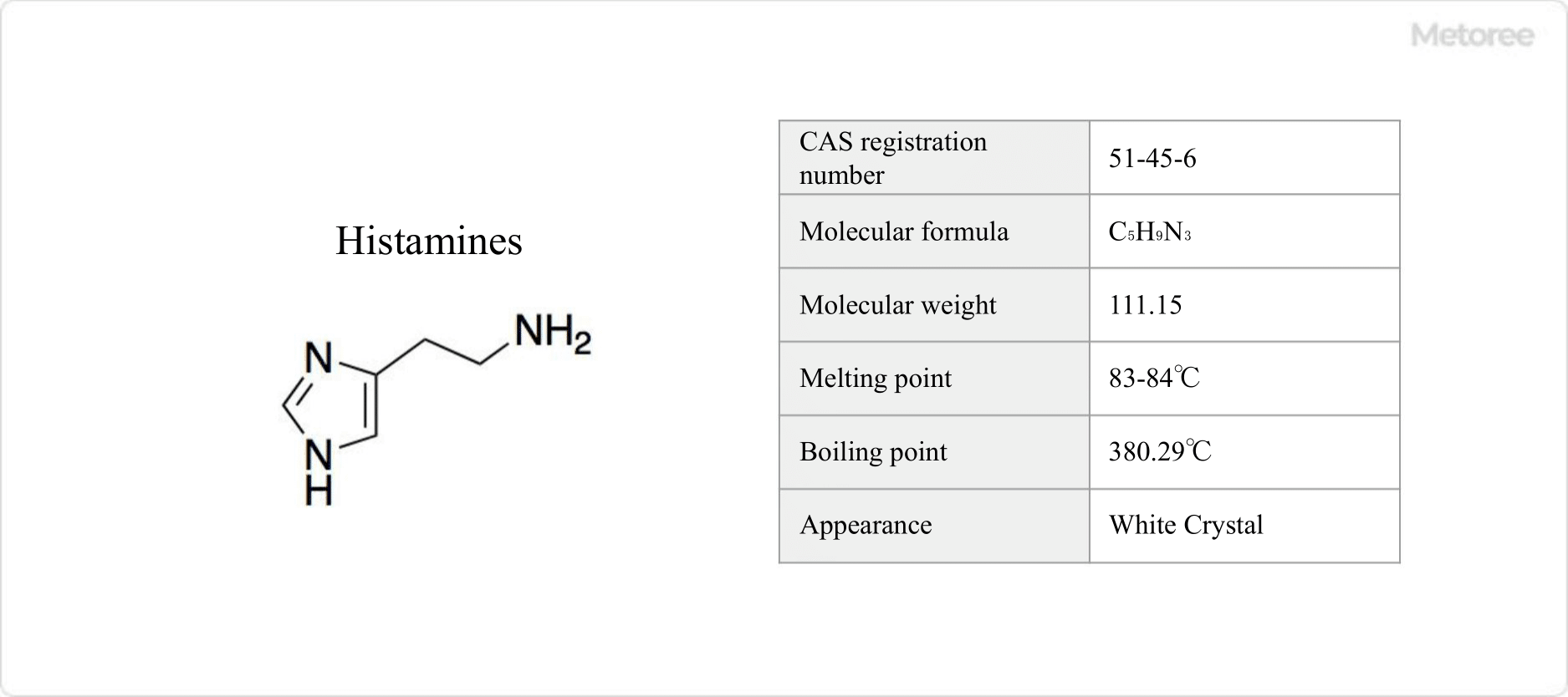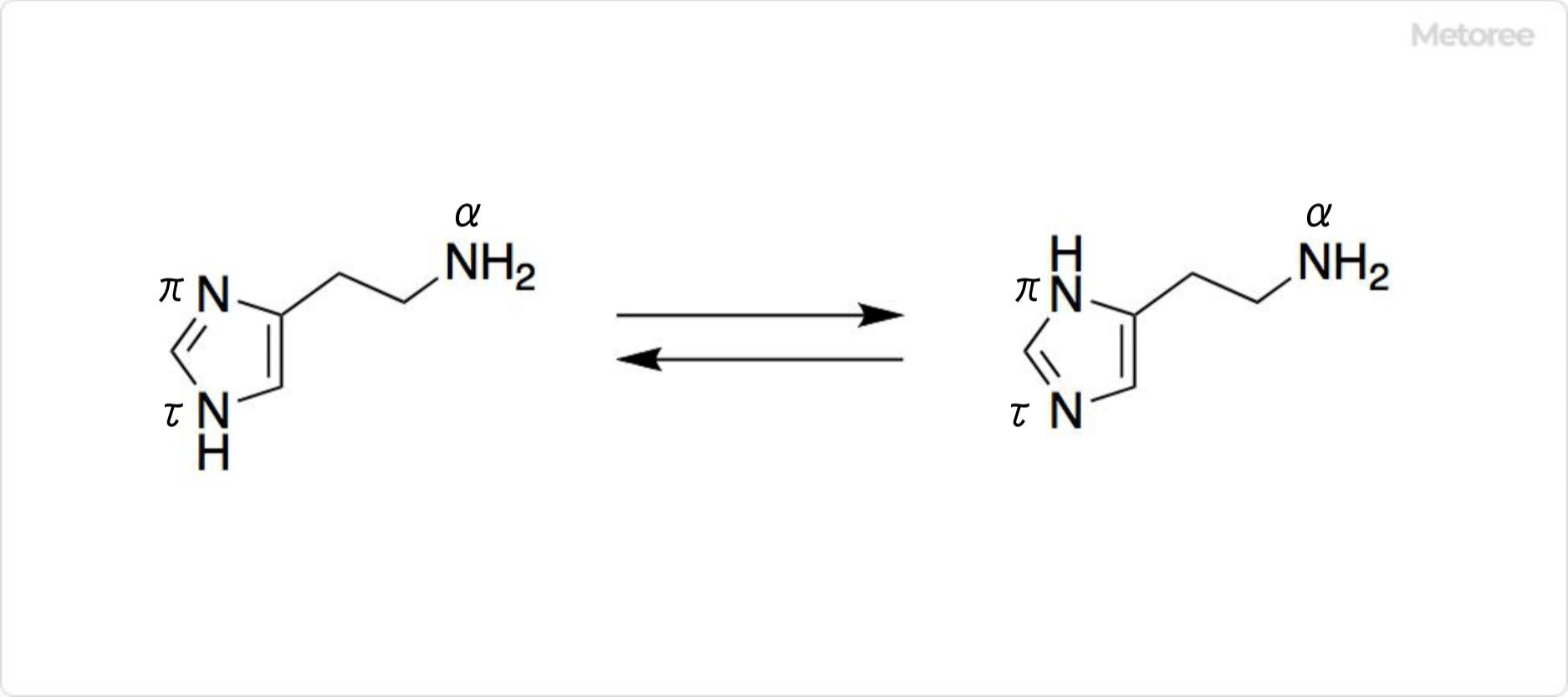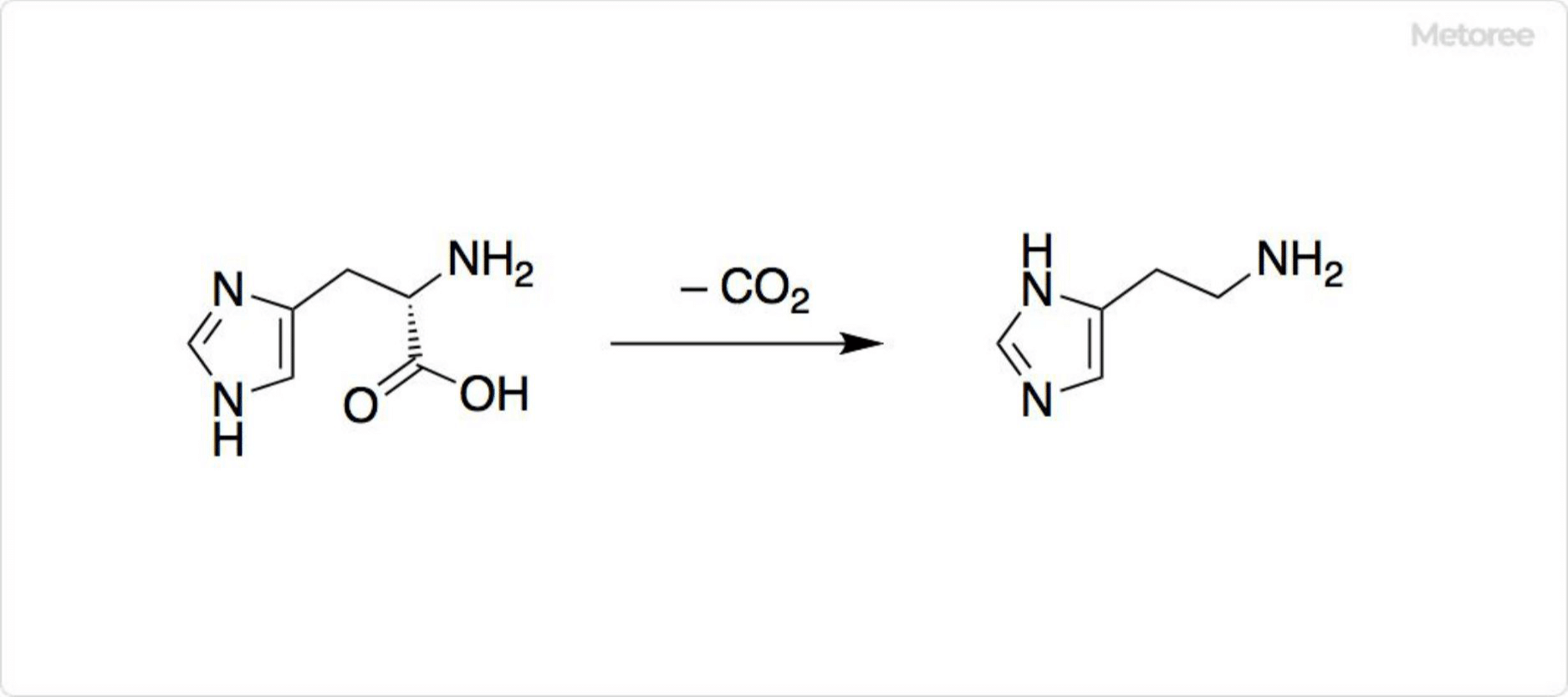What Is Histamine?

Figure 1. Histamine basic information
Histamine is an active amine with a molecular formula of C5H9N3 and a molecular weight of 111.14.
It was discovered by Henry Hallett Dale and Patrick Playfair Laidlaw in 1910 as a hypotensive substance in wheat extract.
Histamine is synthesized in the body in addition to being directly ingested through food. Symptoms of histamine food poisoning are similar to food allergies caused by an abnormal immune response, but the mechanisms differ.
Uses of Histamine
Histamine is used to test gastric juice secretory function and chromophilic cell tumors. As a pharmacological agent, it can cause smooth muscle contraction, rapid hypotension due to dilation of small arteries, inflammation-related redness, edema from increased capillary permeability, and enhanced secretory gland function.
Properties of Histamine
Histamine has a melting point of 181.4-183.2 °F (83-84 °C) and a boiling point of 716.5 °F (380.29 °C). Its hydrochloride and phosphate salts are hygroscopic white crystals, soluble in water and ethanol but not in ether.
The pKa of histamine’s imidazole ring nitrogen atom is 6.04, and that of the aliphatic amino group is 9.75. Under physiological conditions, the aliphatic amino group is protonated, while the imidazole ring nitrogen atom is not. Therefore, histamine typically exists as a monovalent cation in human blood, which has a pH of 7.35-7.45.
Structure of Histamine

Figure 2. Structure of histamine
In an aqueous solution, histamine’s imidazole ring exists in two tautomeric forms, with one nitrogen atom protonated. The nitrogen atom farther from the side chain is denoted τ, and the one closer is π. Nτ-H-histamine is more stable than Nπ-H-histamine.
Histamine, also known as β-imidazolethylamine, is a monoamine neurotransmitter, a category including adrenaline, noradrenaline, dopamine, and serotonin.
Other Information on Histamine
1. Synthesis of Histamine

Figure 3. Histamine synthesis
Histamine can be synthesized by cyclizing 1,4-diamidino-2-butanone with potassium thiocyanide, followed by treatment with iron(III) chloride.
In the body, histamine is produced by enzymatic action on histidine, an amino acid found in food. It is stored primarily in mast cells and released in response to stimuli, leading to allergic reactions. Histamine neurons, located in the hypothalamus-mammillary body, act as neurotransmitters affecting sleep, wakefulness, and feeding.
2. Histamine Toxicity
Histamine poisoning is often caused by bacterial synthesis in foods. It can lead to septic shock symptoms after platelet transfusion and is commonly found in aged cheese, shiitake mushrooms, fermented foods, fish sauce, wine, and fish, especially red and blue varieties.
High histamine concentrations in foods can cause allergy-like symptoms, such as flushing, headache, and hives, usually resolving within a day. Histamines are not destroyed by cooking and are hard to detect by taste or smell. Preventive measures include temperature control and freshness checks during storage. If irritation is felt on the lips or tongue from high-histamine foods, it is advisable to spit it out.